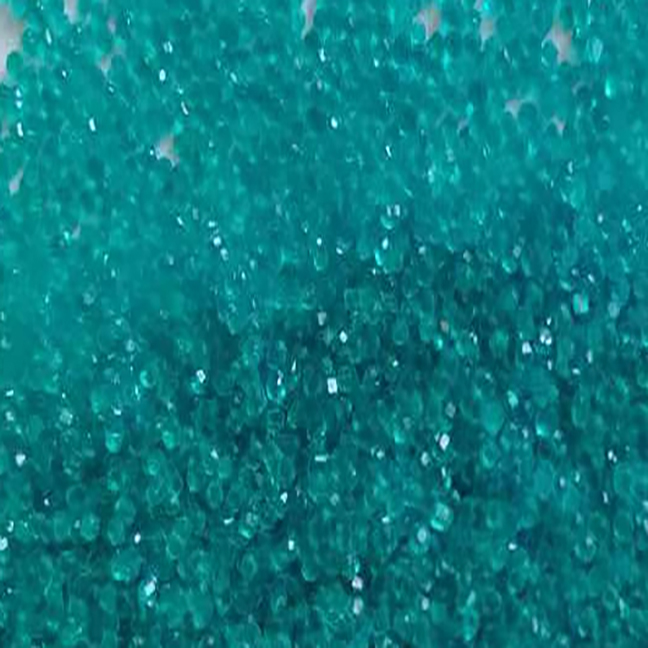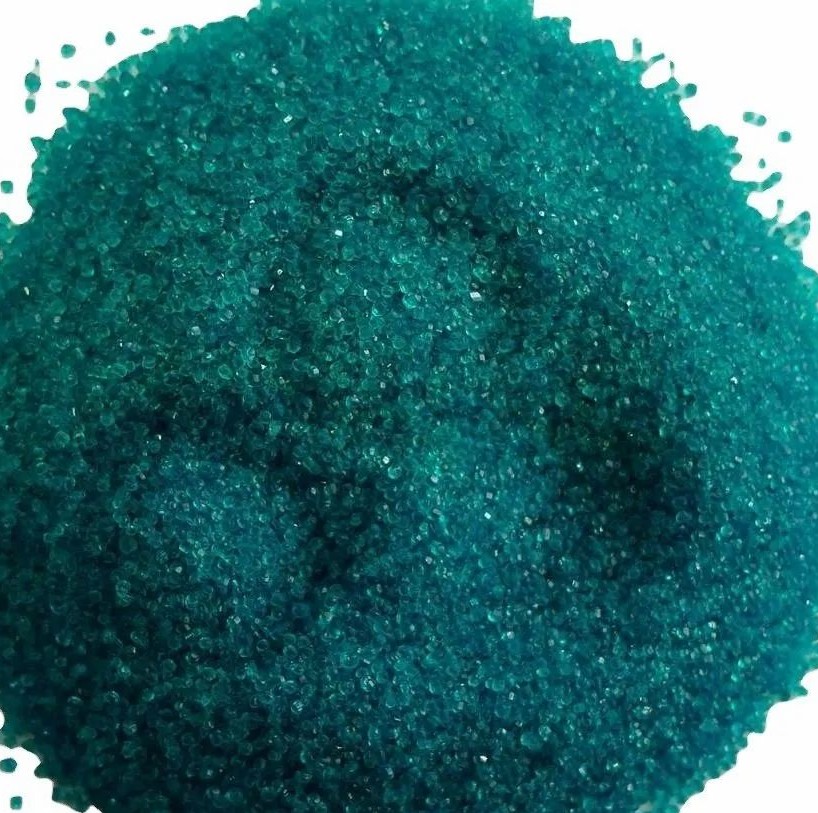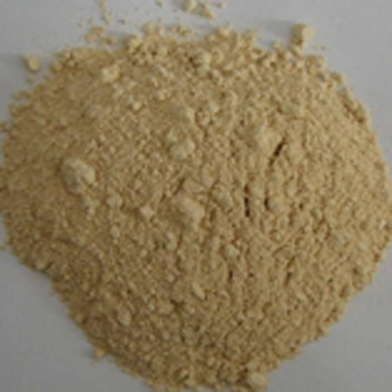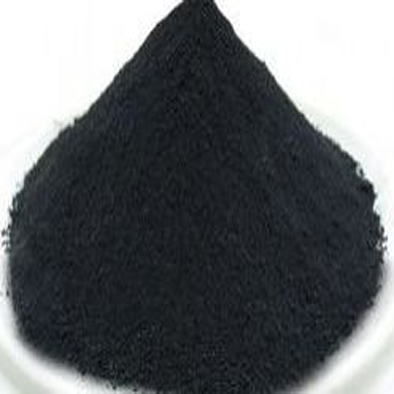PRODUCT FEATURES
Details of LiFePO4
Lithium iron phosphate battery
Function and purpose
LiFePO4 electrode materials are mainly used in power lithium ion
batteries
Since NTT of Japan first exposed the olivine structure cathode material of
aympo4 (a is alkali metal, M is CoFe: lifecopo4) in 1996, John. B. goodenough
and other research groups of Texas State University in the United States also
reported the reversible migration of LiFePO4 into and out of lithium in 1997,
This material has attracted great attention, and caused extensive research and
rapid development. Compared with the traditional cathode materials for
lithium-ion secondary batteries, LiMn2O4 with spinel structure and LiCoO2 with
layered structure, limpo4 has a wider range of raw materials, lower price and no
environmental pollution.
Properties of LiFePO4
1. High energy density, the theoretical specific capacity is 170mAh / g,
and the actual specific capacity of the product can exceed 140mAh / g (0.2C, 25
° C);
2. Safety, it is the safest cathode material for lithium-ion battery at
present, and does not contain any harmful heavy metal elements;
3. Long life. Under the condition of 100% DOD, it can charge and discharge
more than 2000 times; (reason: the stability of LiFePO4 crystal lattice is good,
and the effect of lithium ion insertion and removal on the crystal lattice is
small, so it has good reversibility. The disadvantage is that the transmission
rate of electron and ion is poor, which is not suitable for high current
charging and discharging. Solution: coating conductive materials on the surface
of the electrode and doping to modify the electrode. )
4. No memory effect;
5. Charging performance: the lithium battery with LiFePO4 cathode material
can be charged at high rate, and the battery can be fully charged within 1 hour
at the fastest.
Specific physical parameters:
Lithium iron phosphate
Bulk density: 0.7g/cm
Compaction density: 1.3g/cm
The median diameter is 2 & shy; & shy; -- 4um
Specific surface area < 30m / g
Smear parameters:
LiFepo4:C:pVDF=90:3:7
Compaction density of electrode plate: 2.1-2.4g/cm
Electrochemical performance:
Test conditions: half cell, 0.1C, voltage 4.0-2.0v
1000 cycles
Novelty and characteristics
But its tap density is low, which affects the capacitance.
At present, the main production method is living method, and the product
index is unstable.
The performance of lithium-ion battery mainly depends on the positive and
negative electrode materials. Lithium iron phosphate as the cathode material of
lithium-ion battery only appeared in recent years. The development of large
capacity lithium iron phosphate battery in China was in July 2005. Its safety
performance and cycle life are incomparable with other materials, which are also
the most important technical indexes of power battery. The life of 1C charge
discharge cycle is 2000 times. Single battery overcharge voltage 30V does not
burn, puncture does not explode. Lithium iron phosphate cathode material is easy
to be used in series for large capacity lithium ion batteries. To meet the needs
of frequent charging and discharging of electric vehicles. It has the advantages
of non-toxic, pollution-free, good safety performance, wide source of raw
materials, low price and long service life. It is an ideal cathode material for
the new generation of lithium-ion batteries.
At present, lithium-ion batteries are mainly small capacity and low-power
batteries. Medium and large capacity and medium and high-power lithium-ion
batteries have not been produced on a large scale, so lithium-ion batteries have
not been widely used in medium and large capacity UPS, medium and large energy
storage batteries, electric tools and electric vehicles. One of the important
reasons is that the cathode materials for Li ion batteries have not yet made a
major breakthrough.
Cathode material is an important part of lithium ion battery.
So far, the most studied cathode materials are LiCoO2, LiNiO2, LiMn2O4 and
their derivatives, such as LiNi0.8Co0.2O2, lini1 / 3co1 / 3mn1 / 3O2, etc.
LiCoO2 is the only large-scale commercial cathode material. At present,
more than 90% of commercial lithium-ion batteries use LiCoO2 as cathode
material. The research of LiCoO2 is relatively mature, and its comprehensive
performance is excellent, but its price is expensive, its capacity is low, and
there are some security problems.
LiNiO2 has low cost and high capacity, but it is difficult to prepare. The
consistency and reproducibility of material properties are poor, and there are
serious safety problems. LiNi0.8Co0.2O2 can be regarded as the solid solution of
LiNiO2 and LiCoO2, which has the advantages of both LiNiO2 and LiCoO2. It was
once considered as the most likely new cathode material to replace LiCoO2.
However, there are still some shortcomings, such as harsh synthesis conditions
(oxygen atmosphere required), poor safety, etc., and the comprehensive
performance needs to be improved. At the same time, due to more expensive Co,
the cost is also higher.
Spinel LiMn2O4 has low cost and good safety, but poor cycling performance,
especially at high temperature, solubility in electrolyte and poor storage
performance.
The new ternary composite oxide lithium nickel cobalt manganate (lini1 /
3co1 / 3mn1 / 3O2) concentrates the respective advantages of LiCoO2, LiNiO2,
LiMn2O4 and other materials: the cost is equivalent to LiNi0.8Co0.2O2, the
reversible capacity is large, the structure is stable, the safety is good, it is
between LiNi0.8Co0.2O2 and LiMn2O4, the cycle performance is good, and the
synthesis is easy; but the cost is also high due to more expensive Co. The cost,
high temperature performance and safety of cathode materials are very important
for medium and high capacity and high power lithium-ion batteries.
The cathode materials of LiCoO2, LiNiO2, LiMn2O4 and their derivatives can
not meet the requirements. Therefore, the research and development of new
cathode materials for medium and high capacity and high power lithium-ion
batteries has become a hot spot.
LiFePO4 cathode material with orthorhombic olivine structure has gradually
become a new research hotspot at home and abroad. The preliminary study shows
that the new cathode material has the respective advantages of LiCoO2, LiNiO2,
LiMn2O4 and their derivatives: no precious elements, cheap raw materials,
abundant resources; moderate working voltage (3.4V); good platform
characteristics, extremely stable voltage (comparable with voltage stabilized
power supply); large theoretical capacity (170mAh / g); stable structure,
excellent safety performance (O and P) Strong covalent bond makes the material
difficult to decompose; high temperature performance and thermal stability are
obviously better than other known cathode materials; good cycling performance;
volume reduction when charging, good volume effect when cooperating with carbon
anode materials; good compatibility with most electrolyte systems, good storage
performance; non-toxic, it is a real green material.
Compared with LiCoO2, LiNiO2, LiMn2O4 and their derivatives, LiFePO4
cathode material has outstanding advantages in cost, high temperature
performance and safety, and is expected to become the preferred cathode material
for medium and high capacity, medium and high power lithium ion batteries.
The industrialization and popularization of this material is of great
significance to reduce the cost of lithium-ion batteries, improve battery
safety, expand the lithium-ion battery industry, and promote the large-scale and
high-power lithium-ion batteries. It will make the application of lithium-ion
batteries in medium and large capacity UPS, medium and large energy storage
batteries, electric tools, and electric vehicles a reality.
However, the disadvantage of low bulk density of LiFePO4 has been ignored
and avoided, which has not been solved, hindering the practical application of
the material. The theoretical density of lithium cobalt oxide is 5.1g/cm3, the
tap density of commercial lithium cobalt oxide is generally 2.0-2.4g/cm3, while
the theoretical density of lithium iron phosphate is only 3.6g/cm3, which is
much lower than that of lithium cobalt oxide.
In order to improve the electrical conductivity, the bulk density of carbon
doped LiFePO4 is significantly reduced by adding conductive carbon materials, so
that the tap density of carbon doped LiFePO4 is only 1.0-1.2g/cm3. Such a low
bulk density makes the volume specific capacity of LiFePO4 much lower than that
of licoo4, so the volume of the battery will be very large, which not only has
no advantage, but also is difficult to be used in practice.
Therefore, increasing the bulk density and volume specific capacity of
LiFePO4 is of decisive significance for the practical application of LiFePO4.
The particle morphology, particle size and distribution of powder materials
directly affect the bulk density of materials.
Based on the research results of high-density spherical Ni (OH) 2, we have
successfully developed a series of high-density spherical cathode materials for
lithium-ion batteries, including LiCoO2, limn2o4lini0.8co0.2o2, lini1 / 3co1 /
3mn1 / 3O2, etc.
Among them, the tap density of LiCoO2 and LiNi0.8Co0.2O2 can reach
2.9g/cm3, which is much higher than that of commercial similar materials.
Research and practical application show that spherical products not only have
the outstanding advantages of high bulk density and large volume specific
capacity, but also have excellent fluidity, dispersion and processability, which
are very conducive to the coating of cathode material slurry and electrode
sheet, and improve the quality of electrode sheet; in addition, compared with
irregular particles, regular spherical particles are easier to cover the surface
Therefore, spherical products are more hopeful to further improve the
comprehensive performance through surface modification.
At present, our laboratory uses divalent iron salt or trivalent iron salt,
phosphoric acid or phosphate, ammonia as raw materials to synthesize
high-density spherical iron phosphate precursor by controlled crystallization
technology, and then blends with lithium source and carbon source for heat
treatment to synthesize carbon doped spherical lithium iron phosphate by
carbothermal reduction method. The LiFePO4 powder material is composed of
monodisperse spherical particles with particle size of 5-10 μ m, high bulk
density (tap density of 1.6-1.8g / cm3), good fluidity, good processability and
reversible capacity of 140mAh / g.
Production technology of LiFePO4
1、 Project introduction: the performance of lithium-ion battery mainly
depends on the anode and cathode materials. Lithium iron phosphate as a lithium
battery material only appeared in recent years. The development of large
capacity lithium iron phosphate battery in China was in July 2005. Its safety
performance and cycle life are incomparable with other materials, which are also
the most important technical indexes of power battery. The life of 1C charge
discharge cycle is 2000 times. Single battery overcharge voltage 30V does not
burn, puncture does not explode. Lithium iron phosphate cathode material is easy
to be used in series for large capacity lithium ion batteries. To meet the needs
of frequent charging and discharging of electric vehicles. It has the advantages
of non-toxic, pollution-free, good safety performance, wide source of raw
materials, low price and long service life. It is an ideal cathode material for
the new generation of lithium-ion batteries.
2、 Technical features
The technology route uses iron phosphate and lithium carbonate as the main
raw materials, and has unique advanced reaction method to prepare lithium iron
phosphate with excellent conductivity.
(1) It avoids the problem of using ammonium dihydrogen phosphate as raw
material in other synthesis methods, which produces a lot of ammonia gas and
pollutes the environment.
(2) A special mixing method is adopted to make the additive fully mixed
with lithium source, iron source and phosphorus source, and directly calcined
without drying. In the subsequent reaction, the additives can not only play the
role of reduction, but also form the coating effect on LiFePO4 particles, which
can greatly improve the conductivity of cathode materials.
(3) This process uses dry mixing, no ethanol, no drying, reduce process
steps, reduce equipment investment, reduce costs, and increase the safety in the
production process.
(4) The process route adopted is easy to control, the process stability is
good, and the cost is low. The raw materials and equipment used are all from
home, which greatly reduces the cost of industrialization. Easy to achieve mass
production.
(5) The capacity per gram of LiFePO4 material developed by the new
technology has reached or exceeded that of imported products.
The average particle size is 2-4 μ M2-4 μ M2-4 μ M2-4 μ M
Specific capacity > 130 typ 135 > 130 typ 140 > 130 typ 135 130
typ 135
Tamping 1.51.11.21.5
Specific surface area (m2 / g) 12 < 15 < 15 < 20
Volume decay rate (%) < 10 < 20 < 15 < 15 after 2000
cycles
Technical quality index
Appearance: gray black powder, no caking.
Physical properties:
X-ray diffraction: compared with jcds standard, there is no impurity.
Particle size distribution: normal distribution, D50 = 2-3 μ m, D90 < 10
μ M.
Tap density: 1.5g/cm3.
Electrochemical performance: 1C discharge capacity > 130mah / g
2000 cycles, capacity attenuation less than 15
-
Nickel Market Update - October 28th
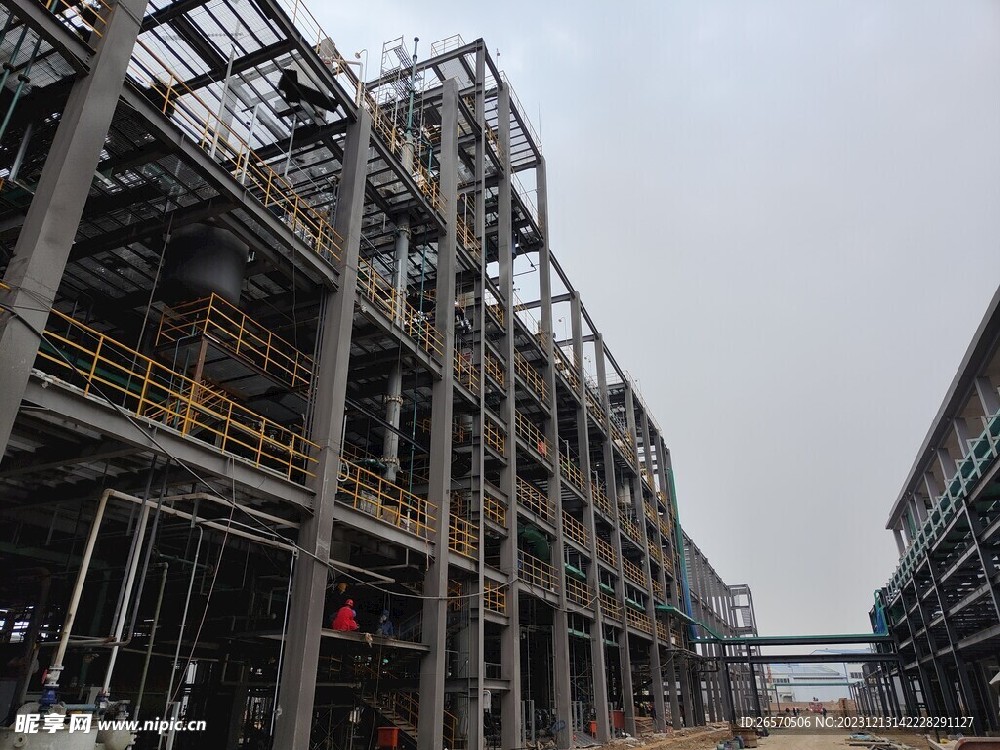
Oct,29,2025
-
Market Update on Nickel Prices in Nov.2025
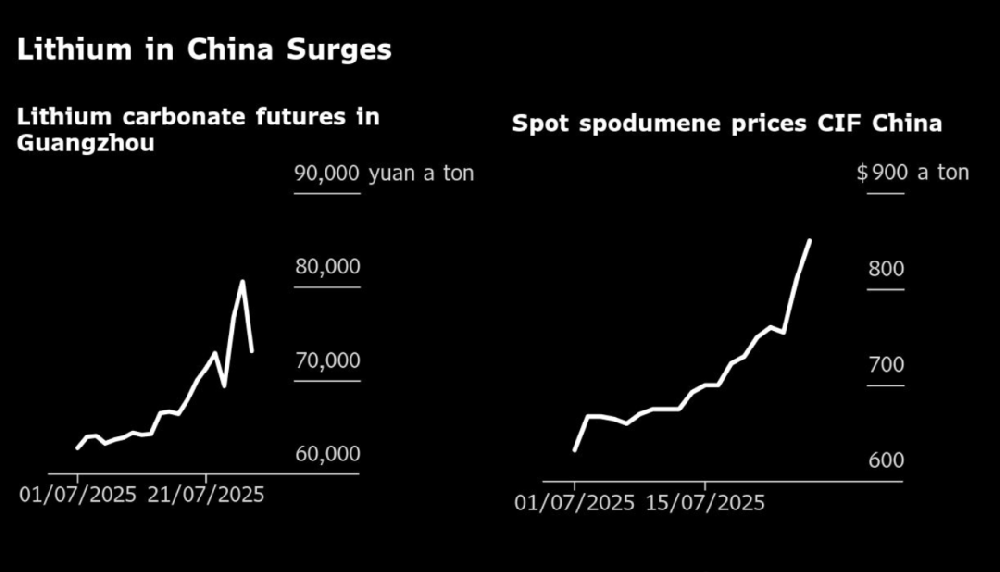
Oct,29,2025
-
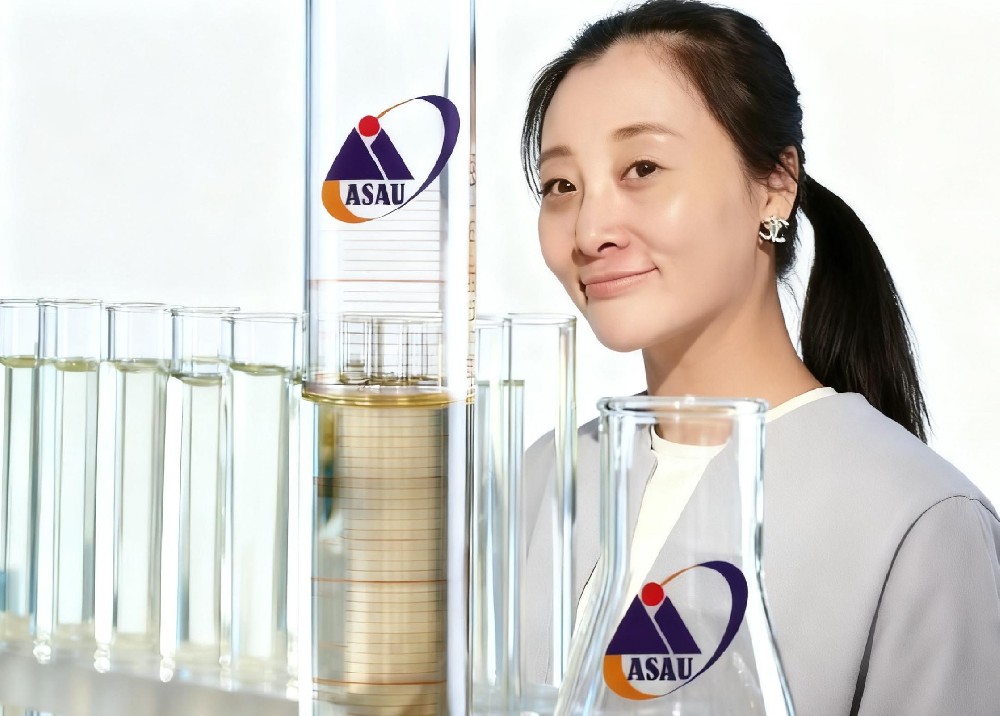
Oct,29,2025
-
Mid week analysis of cobalt lithium new energy market and prices in October 2025
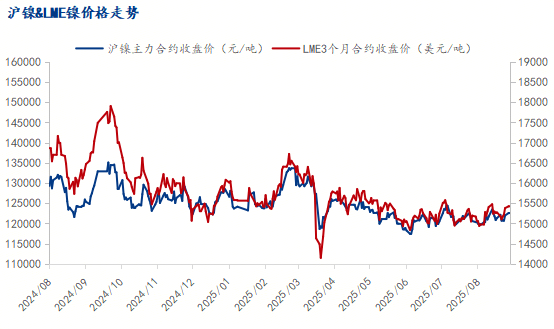
Oct,29,2025





